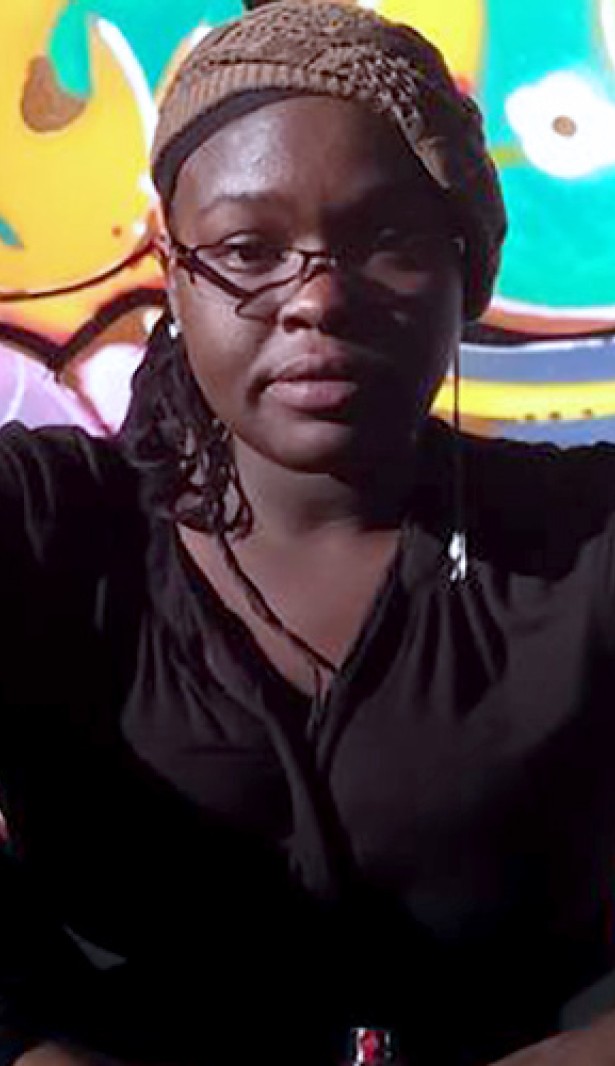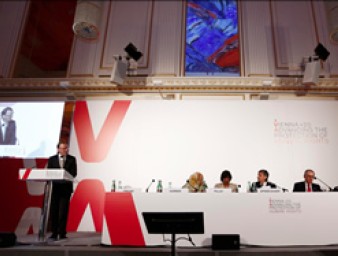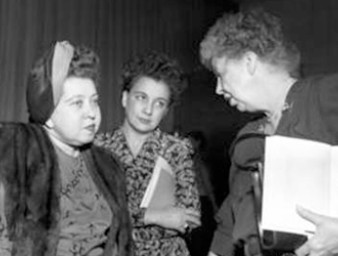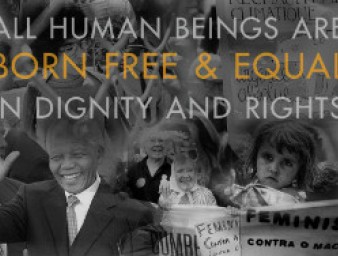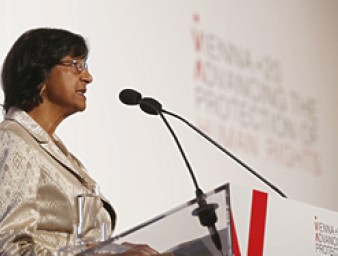Graffiti for human rights – the colours of equality
28 November 2018
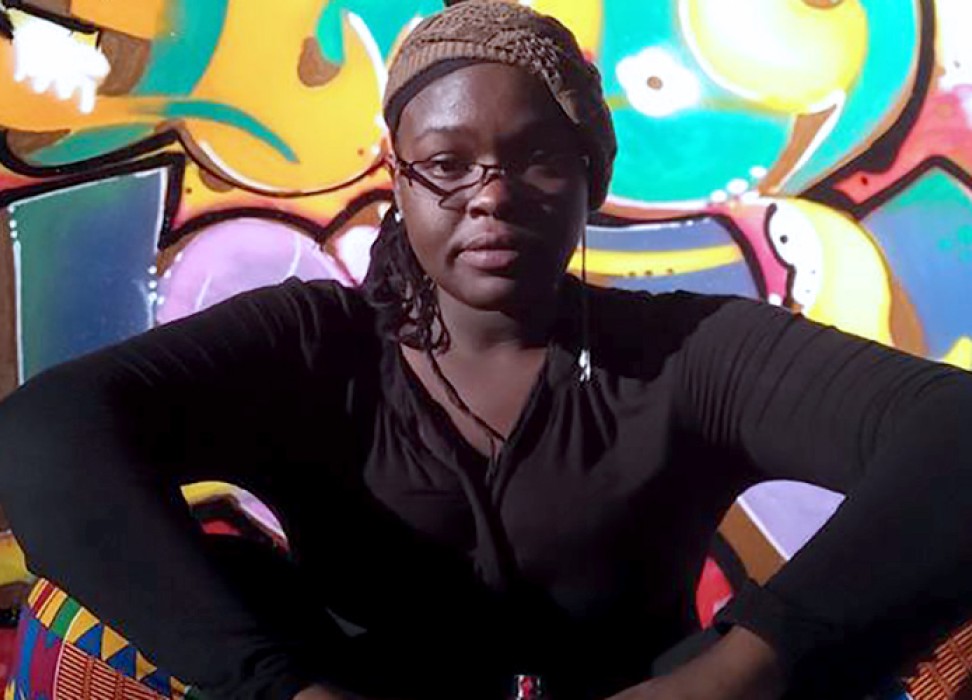
Dieynaba Sidibé believes that her notoriety gives her a greater responsibility to speak up for the rights of others. “It is not only my duty to defend human rights to the best of my abilities but it is also a responsibility for each and every one of us, not just our leaders,” she says.
In her country, Senegal, Sidibé is a pioneer; she was the first female graffiti artist in a hip-hop culture dominated by men, and through her artistic expression she has shown her engagement for the rights of women and girls in her country. Under her artist name, Zeinixx, Sibidé has produced artworks to put a spotlight on the status of women around the world and to raise awareness of cancer testing.
“I decided to stand up for human rights because I believe we are all equal. Differences only persist in our minds,” she says. “Why should anymore have more than others? Life, happiness, fulfilment, freedom of expression, to exist and to be?”
Sidibé’s parents disapproved of her artistic quest and had forbidden her to paint when she was younger. Nevertheless, at the age of 17 she went in pursuit of her passion and started spraying the walls of Dakar, timidly and avoiding the inquisitive remarks of puzzled strangers.
Her latest endeavour is a collaboration with the UN Human Rights regional office for West Africa in Dakar, Senegal, to celebrate the 70th anniversary of the Universal declaration of Human Rights. Sidibé will paint several pieces dedicated to survivors of torture on the walls of the African Centre for the Prevention and Resolution of Conflicts (CAPREC)
For Sidibé, all the rights in the Declaration are important, “but especially the right to life, the right to education, to freedom of opinion and expression, to religion, to not be subjected to torture…,” she says.
28 November 2018
